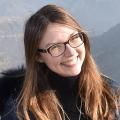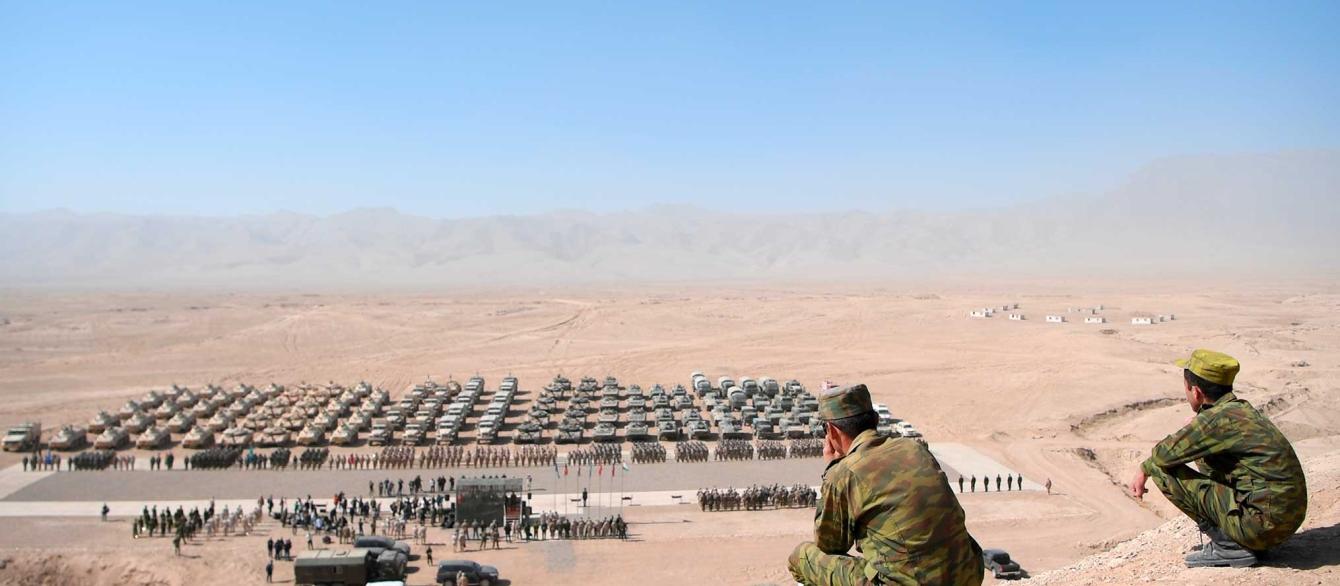In July, as the Taliban started its takeover of Afghanistan and the United States prepared for its September 11 withdrawal, Tajikistan committed to accepting 100,000 Afghan refugees who might emerge from the conflict. It is the only country bordering Afghanistan that is open to accepting refugees at all, let alone taking concrete action. Tajikistan set aside 173 acres for refugee camps and started building them.
However, as the poorest country in Central Asia, Tajikistan needed international support. On September 1, the Tajik Minister of Internal Affairs met with the UN High Commissioner for Refugees. The Minister complained that in the past 20 years, the international community had disregarded Tajikistan’s appeals to assist with refugee infrastructure. He cited a lack of resources as the primary bottleneck to welcoming more Afghans.
Meanwhile, Russia and post-Soviet Central Asia have not ignored the country. They placed immense pressure on Tajikistan to refuse refugees due to security concerns. At the end of September, soon after the Taliban seized Kabul and the United States withdrew all troops, Russian troops stationed in Tajikistan conducted military exercises in preparation to fight Afghan militants. As a result, Tajikistan has reversed its rhetoric. On October 15, the head of Tajikistan’s State Committee on National Security claimed that 500–600 refugees were trying to cross the border daily, framing this as a major security threat for Tajikistan and the entire CSTO region.
Tajikistan’s original commitment to accept Afghan refugees is one of the most generous in the world. This should not be taken lightly, because the security concerns Russia has pressed are real.
It may still be possible to return Tajikistan to its original stance on refugees, but doing so will require the material aid Tajikistan requested, measures to assuage security concerns, and the international spotlight that Tajik President Rahmon—like most dictators—craves. Given Russia’s strong influence over Tajikistan, accomplishing this will be difficult. However, the West must try, since no one else seems willing to step up to deal with the refugee crisis.
In the coming months and years, thousands or even millions of displaced and fearful Afghans will flee, many of them traveling overland to neighboring countries. Pakistan and Iran garner the most international attention as potential destinations for refugees, since they currently host 2.2 million of them. But both countries have clearly stated their doors are now closed, and refugees that have arrived so far face deportation. Turkmenistan and Uzbekistan increased border security, the latter agreeing only to serve as a transitory destination.
The UNHCR estimates that 500,000 will flee Afghanistan by the end of the year. Up to 100,000 may be eligible for U.S. Special Immigration Visas. Canada and the UK committed to accept 60,000 refugees. The EU recently said that taking 42,500 is “doable,” but has made no firm commitments, and flashbacks to 2015 make it unlikely politicians can convince the public to take more. There is no global plan to deal with the rest, making Tajikistan’s original commitment one of the most generous in the world.
This should not be taken lightly, because the security concerns Russia has pressed are real. Few countries have more reason to fear Islamic extremism connected to Afghanistan than Tajikistan. From 1992 to 1997, the country suffered a civil war in which the current president Rahmon’s forces fought the Islamic Renaissance Party. The opposition liaised with Afghan sympathizers, and much of the fighting occurred near the border. Memory of the war remains strong for both the Tajik people and Rahmon himself. Adding to security concerns are escalating tensions between Tajikistan and the Taliban. On September 23, Rahmon made a speech to the UN in which he reiterated his unwillingness to recognize the Taliban unless the government includes ethnic Tajiks. He views Afghanistan as a breeding ground for terrorism, including attacks directed at Tajikistan.
Tajikistan also got the short end of the stick during the War on Terror. In November 2001, the United States asked the country for a major airbase. Tajik President Rahmon agreed, and even kicked out the Russians from their base to make room. This risked angering the country that was supplying its border security just as a war was starting across that border. A month later, the United States decided to take the base—and all the lucrative jobs constructing and supplying it—to Kyrgyzstan instead. As the ambassador to Tajikistan recalled, Secretary of Defense Rumsfeld said, “I guess we owe them one.” The debt was initially repaid with a U.S.-funded bridge between Tajikistan and Afghanistan. This gesture may be backfiring. In March, Tajik officials increased defenses on that bridge, fearing attack from Taliban militants. Now, it may become one of the crossing points for refugees.
There is a better way to truly repay the debt. If the EU is serious about helping refugees stay in Central Asia, Tajikistan is the only potentially willing recipient of that help. If the United States wants to act on what the left calls a moral obligation to help Afghans, while mitigating the inevitable backlash from the right of accepting more refugees, supporting Tajikistan is an option that should not be dismissed lightly.
Tajikistan offered to help with the war in Afghanistan as it began in 2001, and the United States passed them over. For the sake of both Afghans and the rest of the world, even if it is an uphill battle, it is imperative that the international community try to help them make good on their original offer to manage the war’s aftermath.






